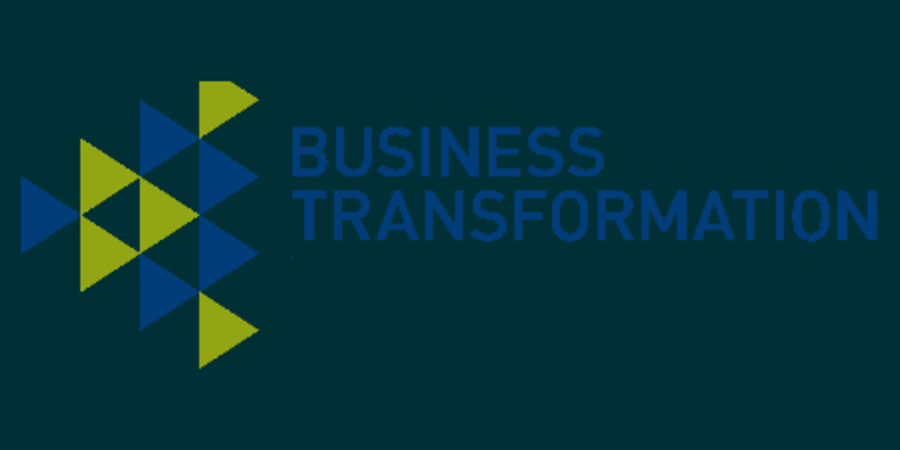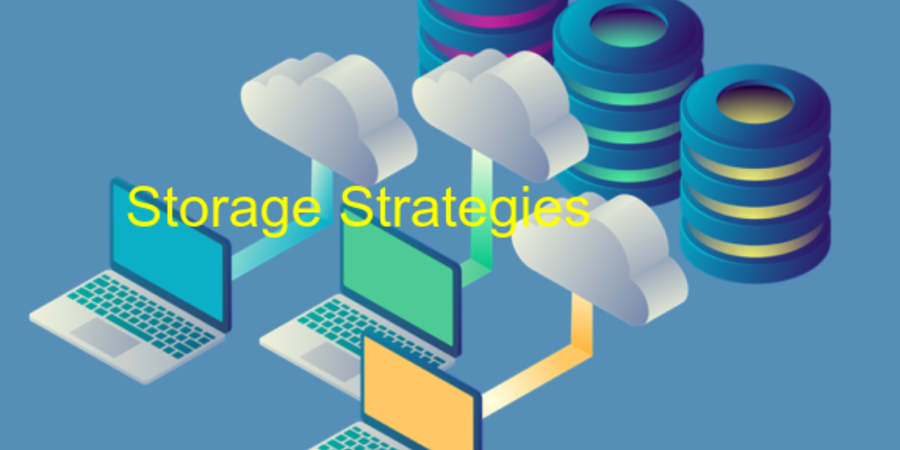Leadership teams tend to have innate biases for certain asset types, and that these preferences drove business model. Like a good driver, a leader needs to know when to speed up to catch the competition, when to shift investment into the right kinds of capital, and when to refuel with new skills, mental models and board members. Just as the human genome offers the prospect of personalized medicine, the value genome offers the prospect of tailored capital editing—refocusing companies on high-value, scalable assets.












